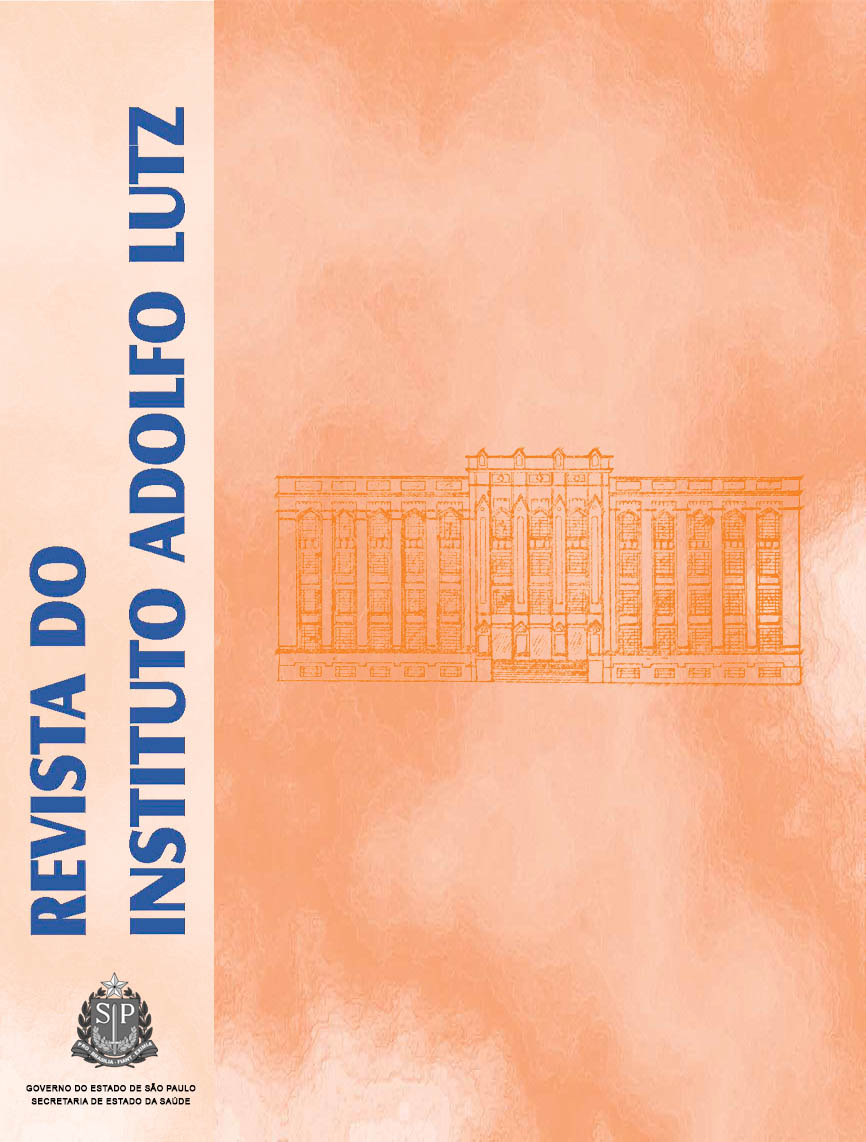Abstract
Drinking water is one of the possible sources of lead exposure in urban areas. Children are more susceptible when exposed to this metal. The purpose of the present study was to assess the concentration of lead in drinking water consumed in municipal schools of São Paulo. The concentrations of lead in samples collected immediately after opening the faucet were compared with those lead levels in water collected after two minutes in continuous flowing. Lead concentration was determined by graphite furnace atomic absorption spectrometry (GFAAS), with transversal heating and Zeeman background correction. Among twelve surveyed schools, the water samples from two schools contained lead levels above the limits determined by Brazilian legislation (0.01 mg.L-1). After two minutes of continuous flowing, lead concentrations in these locals were below 0.01 mg.L-1. Corrective actions in water distribution system of these schools were implemented, and after subsequent analysis, lead concentrations were below the quantification limit of the method (0.001 mg.L-1), indicating that these actions were appropriated in order to make the water suitable for human consumption.References
1. Gnaedinger RH. Lead in school drinking water. J Environ Health 1993;55(6): 15-9.
2. Patch SC, Maas RP, Pope JP. Lead leaching from faucet fixtures underresidential conditions. J Environ Res 1998; 61(3): 18-22.
3. Paoliello MMB, Capitani EM, Cunha FG, Matsuo T, Carvalho MF,Sakuma A et al. Exposure of children to lead and cadmium from amining area of Brazil. Environ Res 2002; 88: 120-8.
4. Associação Brasileira de Normas Técnicas [ABNT]. NBR 5626:Instalação predial de água fria. Normas ABNT sobre documentação.Rio de Janeiro; 1992.
5. Brasil. Resolução nº 105, de 19 de maio de 1999. Aprova osregulamentos técnicos: Disposições gerais para embalagens eequipamentos plásticos em contato com alimentos e seus anexos.Diário Oficial [da] República Federativa do Brasil, Brasília, DF, 20mai. 1999. Seção 1, p. 21-34.
6. Brasil. Portaria nº 518, de 25 de março de 2004. Estabelece osprocedimentos e responsabilidades relativos ao controle e vigilânciada qualidade da água para consumo humano e seu padrão de potabilidade.Diário Oficial [da] República Federativa do Brasil, Brasília, DF, 26mar. 2004. Seção 1.
7. Brasil. Portaria nº 1469, de 29 de dezembro de 2000. Estabelece osprocedimentos e responsabilidades relativos ao controle e vigilânciada qualidade da água para consumo humano e seu padrão de potabilidade.Diário Oficial [da] República Federativa do Brasil, Brasília, DF, 02 jan.2001. Seção 1, p. 19.
8. Brasil. Portaria nº 36, de 19 de janeiro de 2000. Aprova normas e opadrão de potabilidade da água destinada ao consumo humano, aserem observados em todo o território nacional. Diário Oficial [da]República Federativa do Brasil, Brasília, DF, 23 jan. 1990. Seção 1,p. 1651.
9. Teixeira PJ. Determinação de chumbo em amostras de água coletadasem escolas públicas do município de São Paulo [Dissertação deMestrado]. São Paulo: Universidade de São Paulo, 2001. 73pp.
10. Gulson BL, Law AJ, Korrsch MJ, Mizon KJ. Effect of plumbing systemson lead content of drinking water and contribution to lead body burden.Sci Total Environ 1994; 144: 279-84.
11. Environmental Protection Agency [EPA]. Plomo en el agua potable:Lo que usted puede hacer para reducir el plomo en el agua potable.[cited 2005 Mar 16]. Available from: URL: http://www.epa.gov/safewater/agua/plomo.html

This work is licensed under a Creative Commons Attribution 4.0 International License.
Copyright (c) 2005 Instituto Adolfo Lutz Journal
